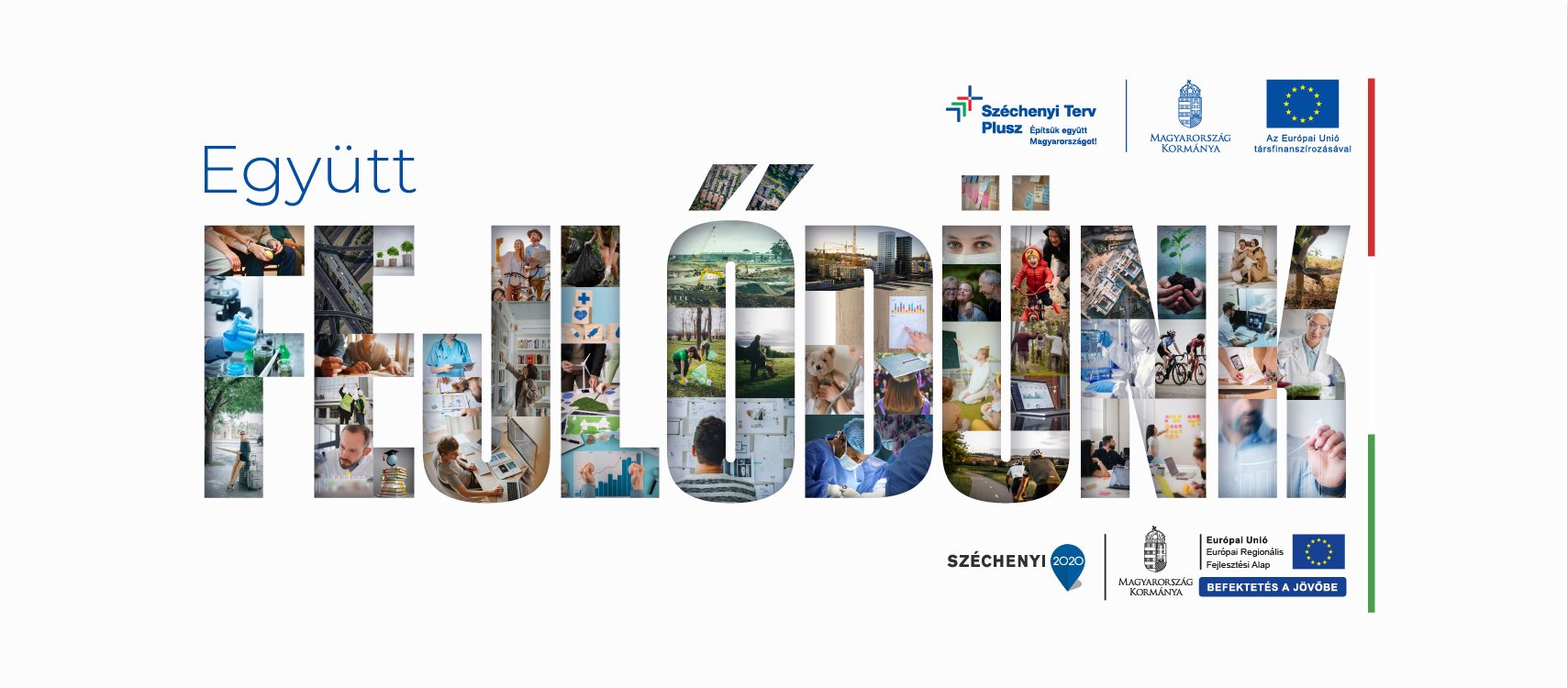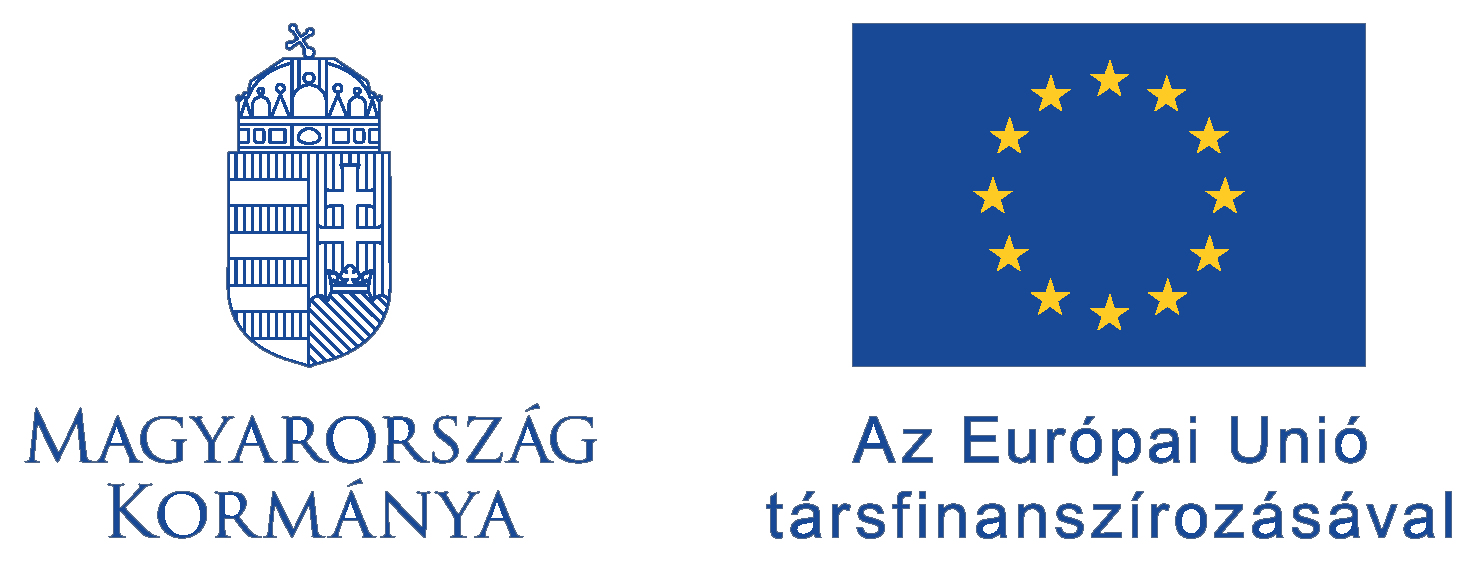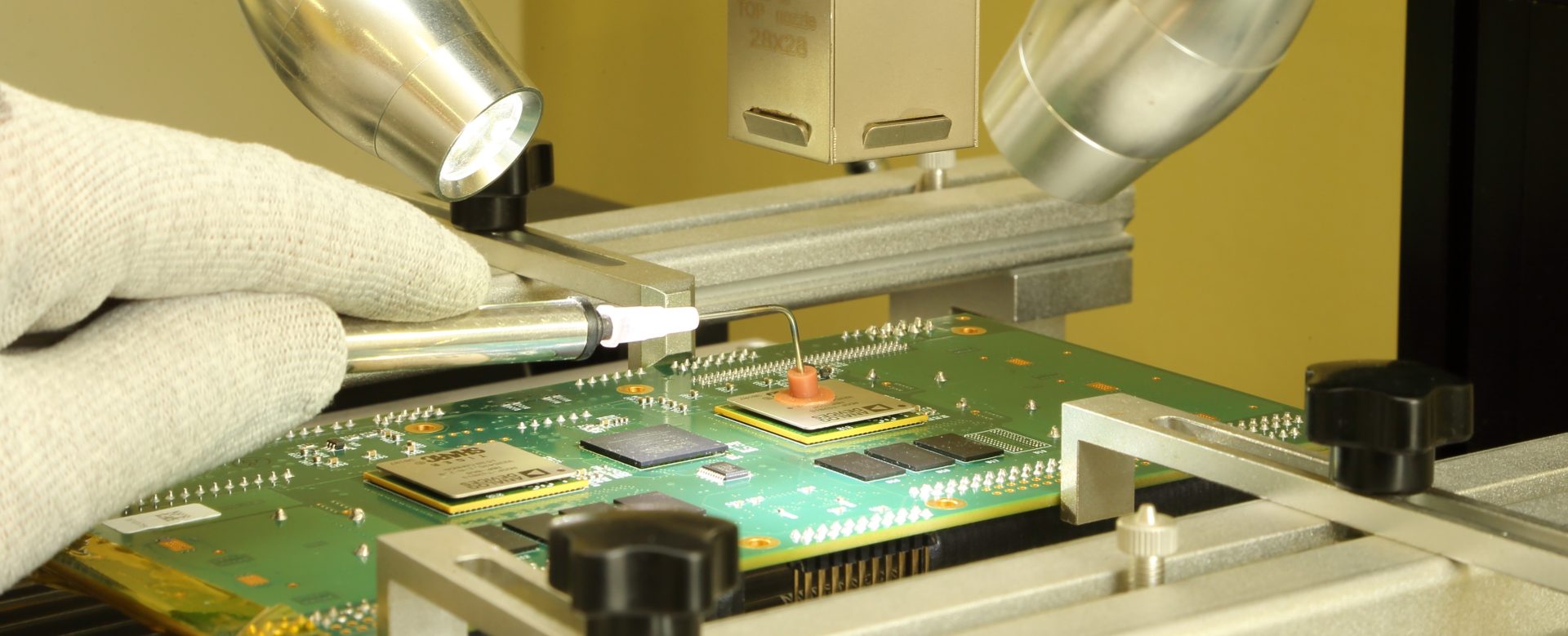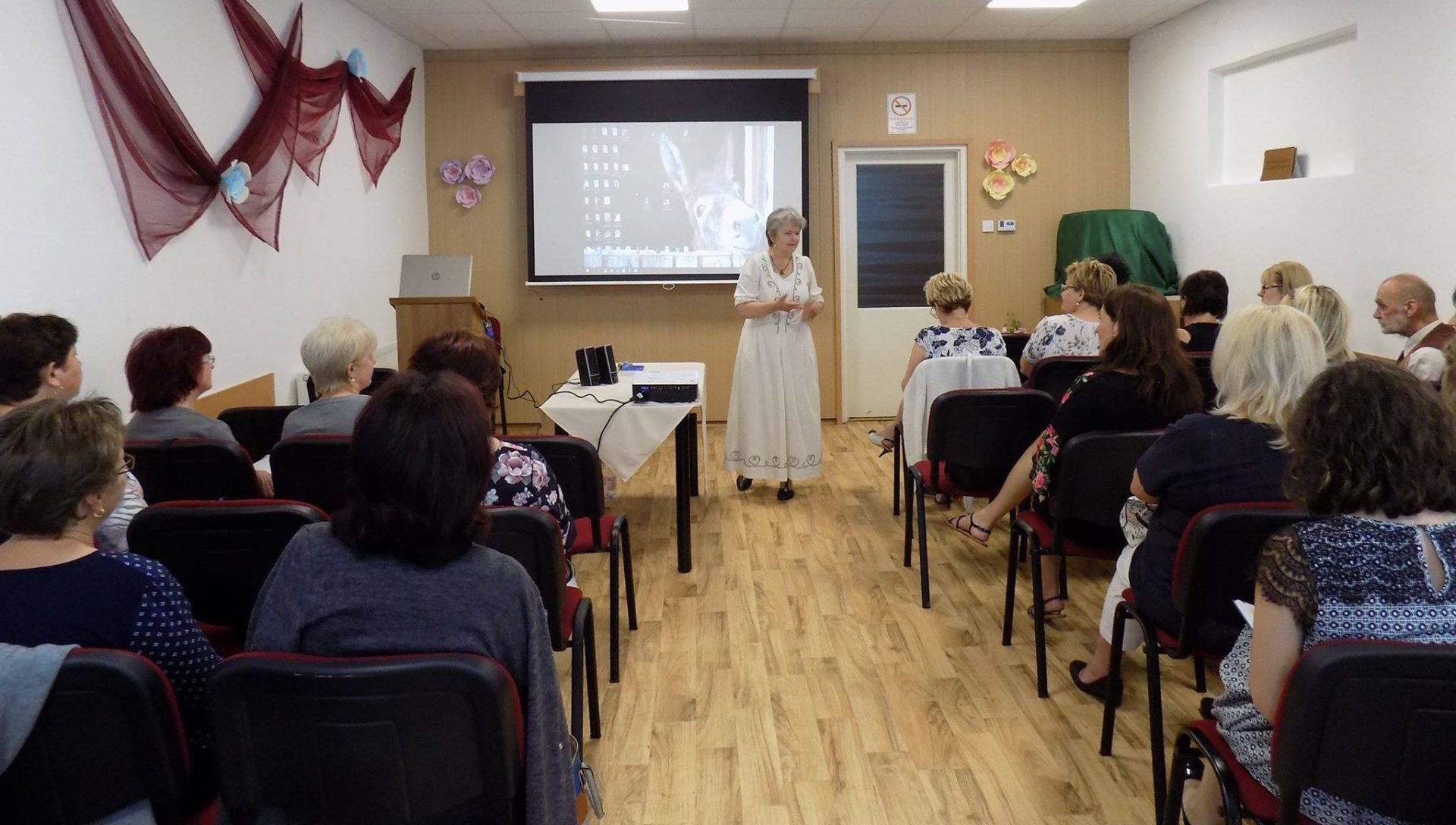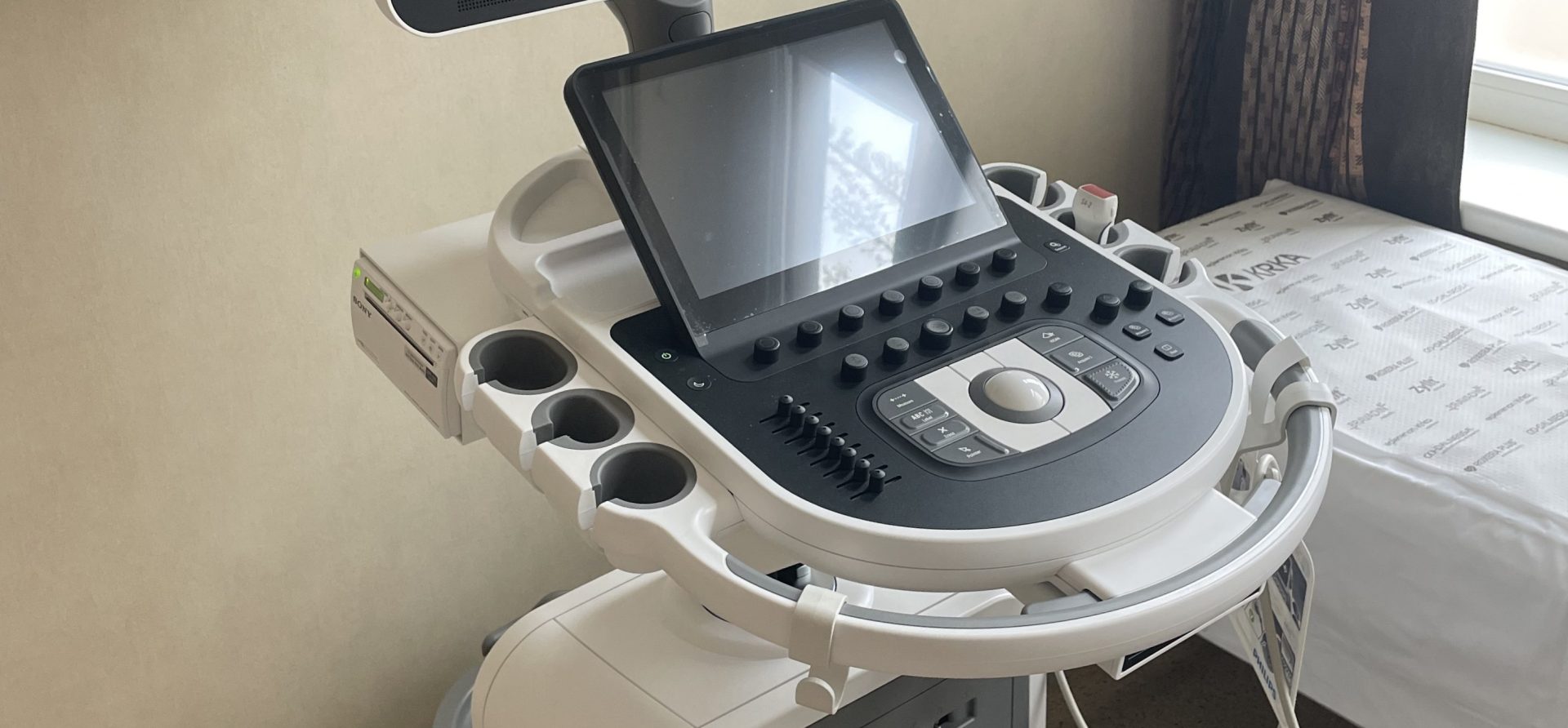A 14-year-old girl underwent robot-assisted surgery at the Department of Surgery, Transplantation and Gastroenterology of Semmelweis University. She is the first child in Hungary to be treated with this type of technological innovation. The operation, carried out using a robot called Da Vinci, was to remove a liver tumour.
Outstanding precision in a much gentler manner – this is how we can describe the increasingly widely used robotic surgery in our country. Da Vinci’s robotic technology enables faster, more efficient surgery and, in some cases, achieves greater precision than traditional surgical techniques. Its uniqueness lies in having only the robot in direct contact with the patient, not the surgeon. The surgeon controls the robot with pedals and a system that transmits the movements of the surgical hand while observing the surgical area on a special monitor in three dimensions and tenfold magnification. This level of detail allows for precisely executing the most complex procedures. Another advantage of robot-assisted surgery is that it significantly reduces the time needed for post-operative rehabilitation. The teenage girl was able to leave the hospital just eight days after the operation. The operation requires smaller incisions than traditional surgery, resulting in a faster recovery and reduced risk of complications.
The procurement of the Da Vinci robot for robotic surgery at Semmelweis University was co-financed by the European Union through the Recovery and Resilience Facility. But this initiative shouldn’t be seen as a standalone project. The introduction of robotic surgery in Hungary, supported by the Human Resource Operational Program, was also completed. As part of this European Union development, the National Institute of Oncology and the Jahn Ferenc South Pest Hospital were the first institutions in Hungary to use two Da Vinci X surgical robots, facilitating the broader application of minimally invasive surgical procedures.
Moreover, this technology has been increasingly acquired and applied in Hungary from domestic and EU sources, particularly in abdominal surgery, gynecology, and urology. Its success is evidenced by the fact that the number of surgeries performed using robotic surgery is increasing year by year. The increasing number of surgeries performed by using robotic surgery is a sign of its success. In 2024, the National Institute of Oncology surpassed its thousandth robot-assisted surgery. This milestone represents a significant advancement not only in the life of the Institute but also for the entire Hungarian oncology field. It is not an exaggeration to say that this new technology revolutionizes surgery.
(Source: semmelweis.hu)
